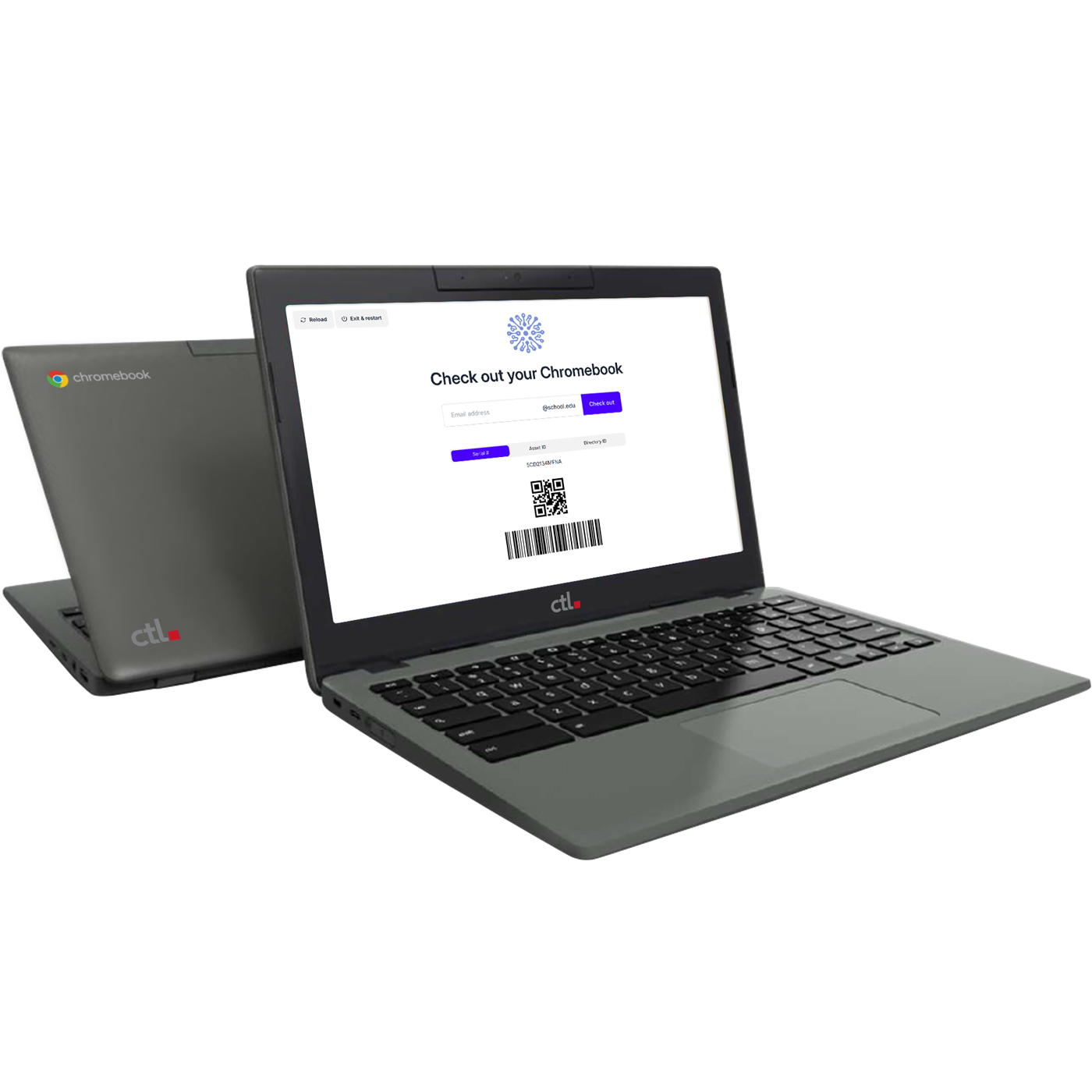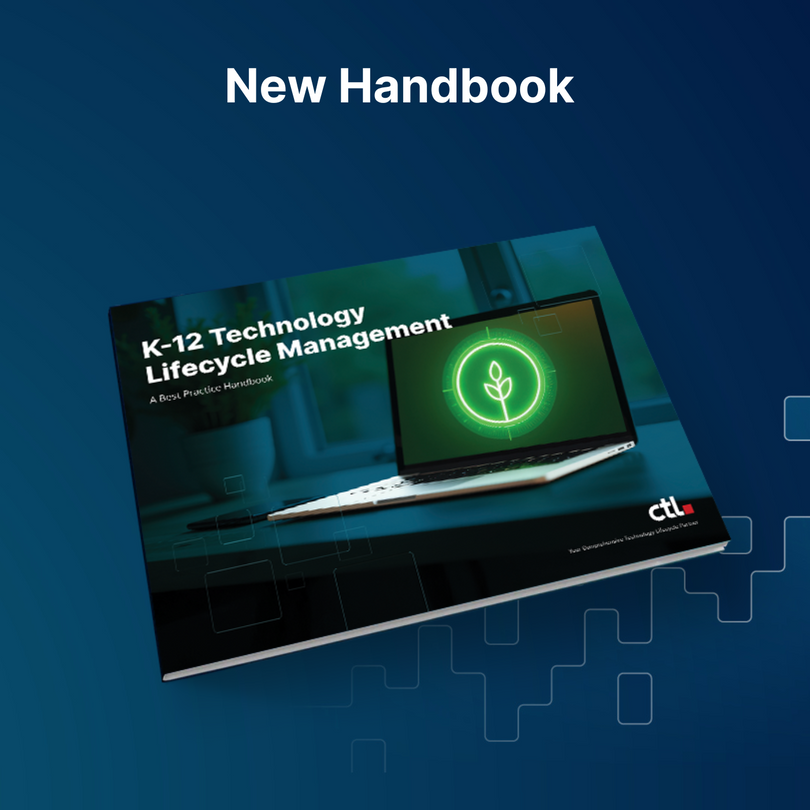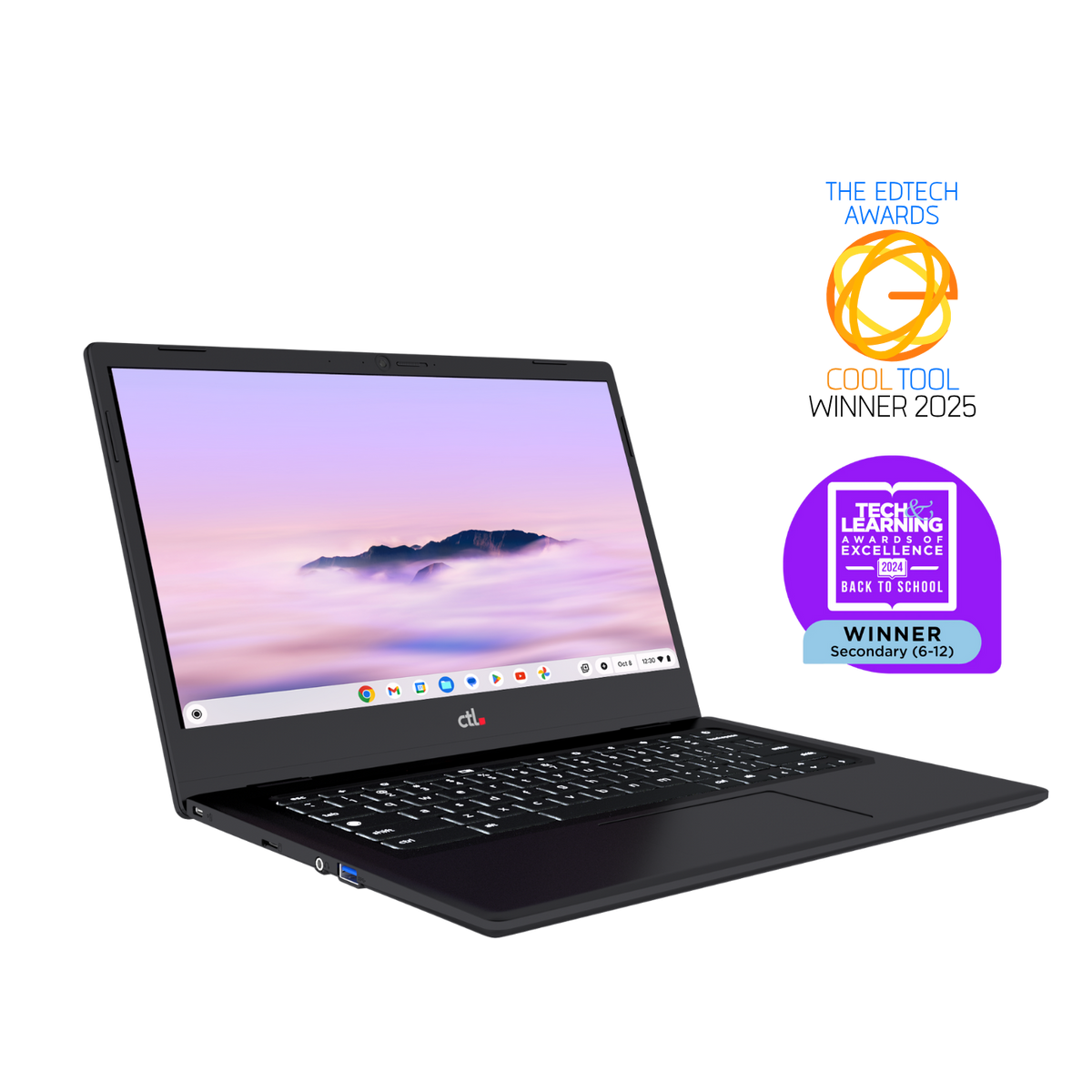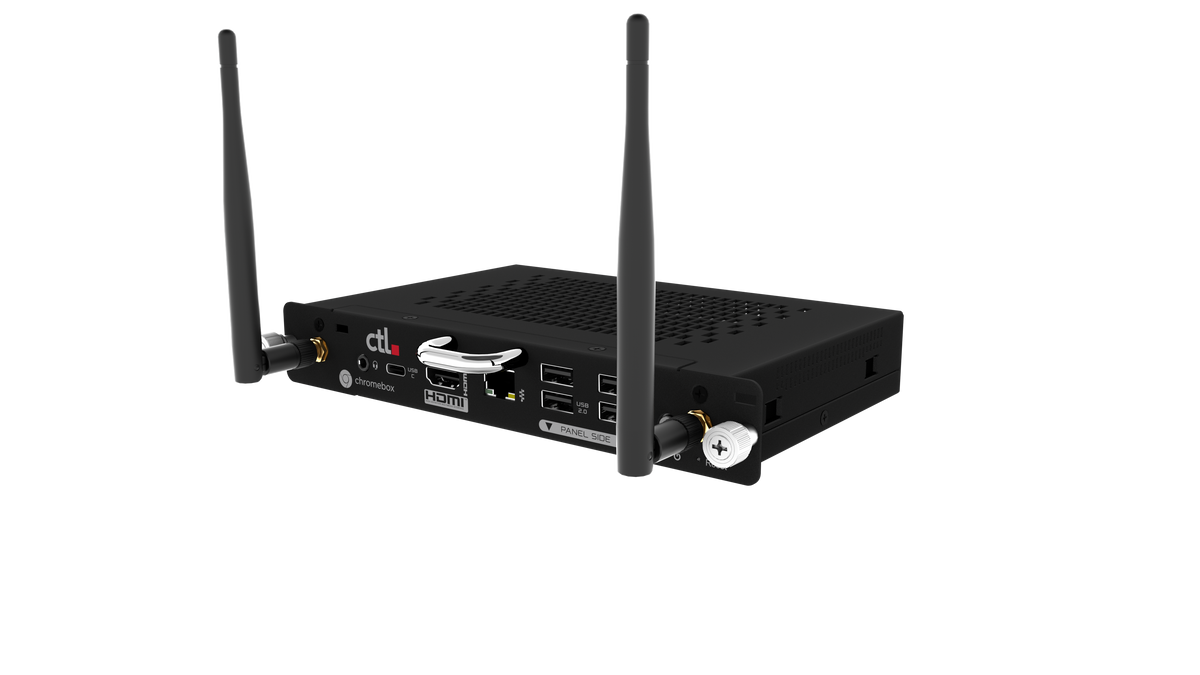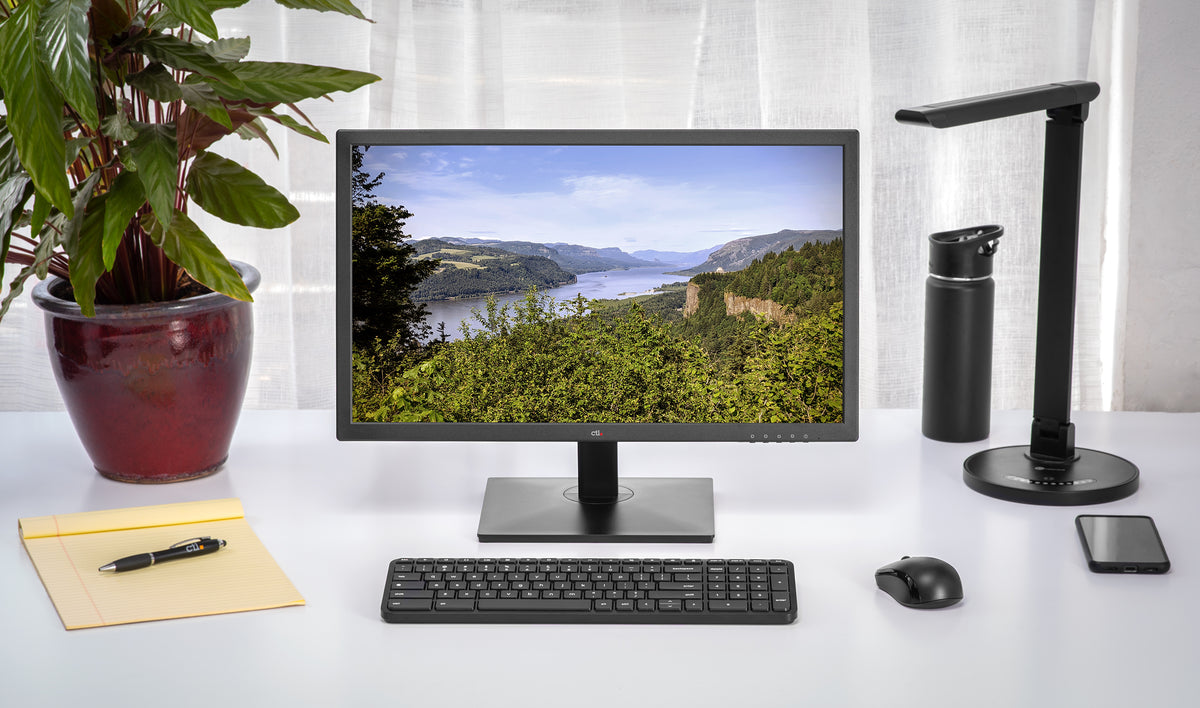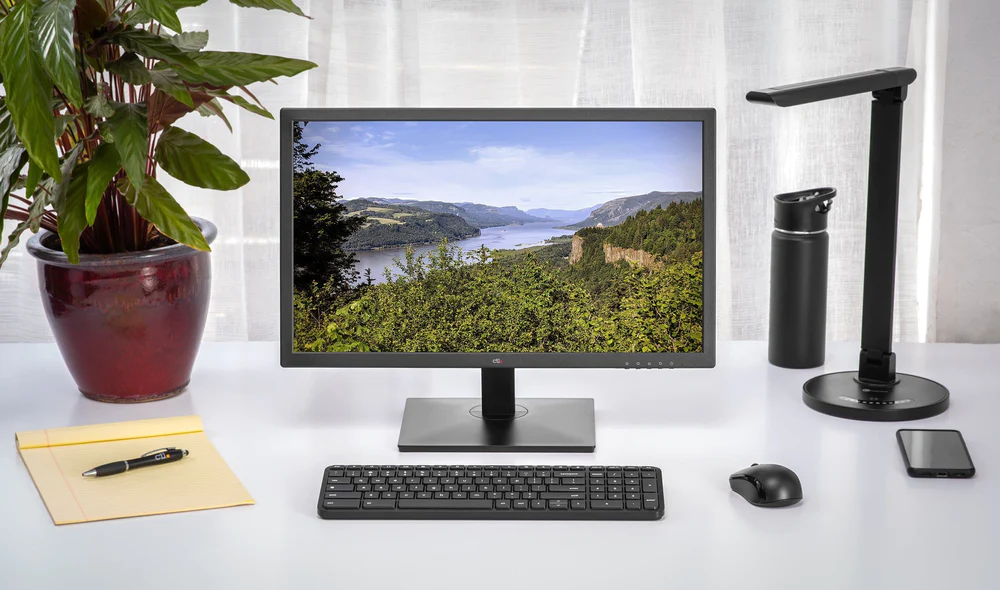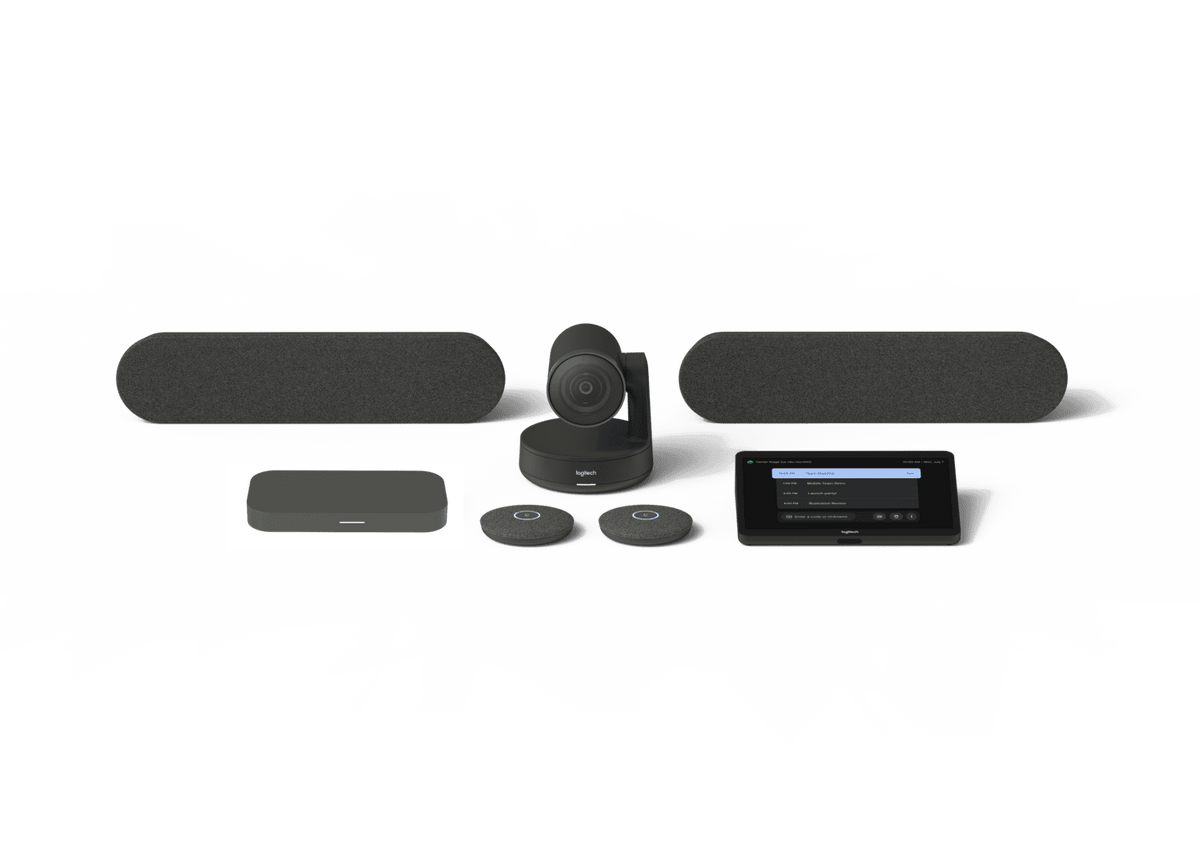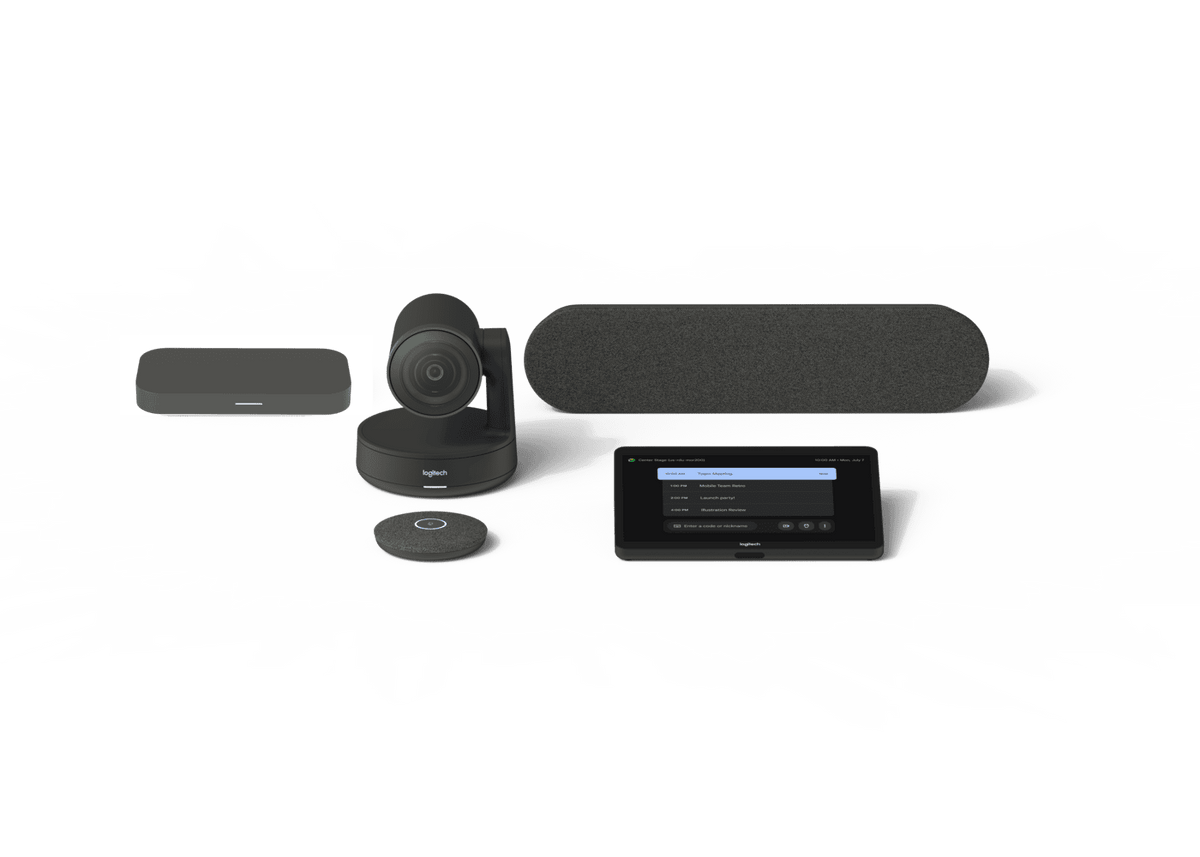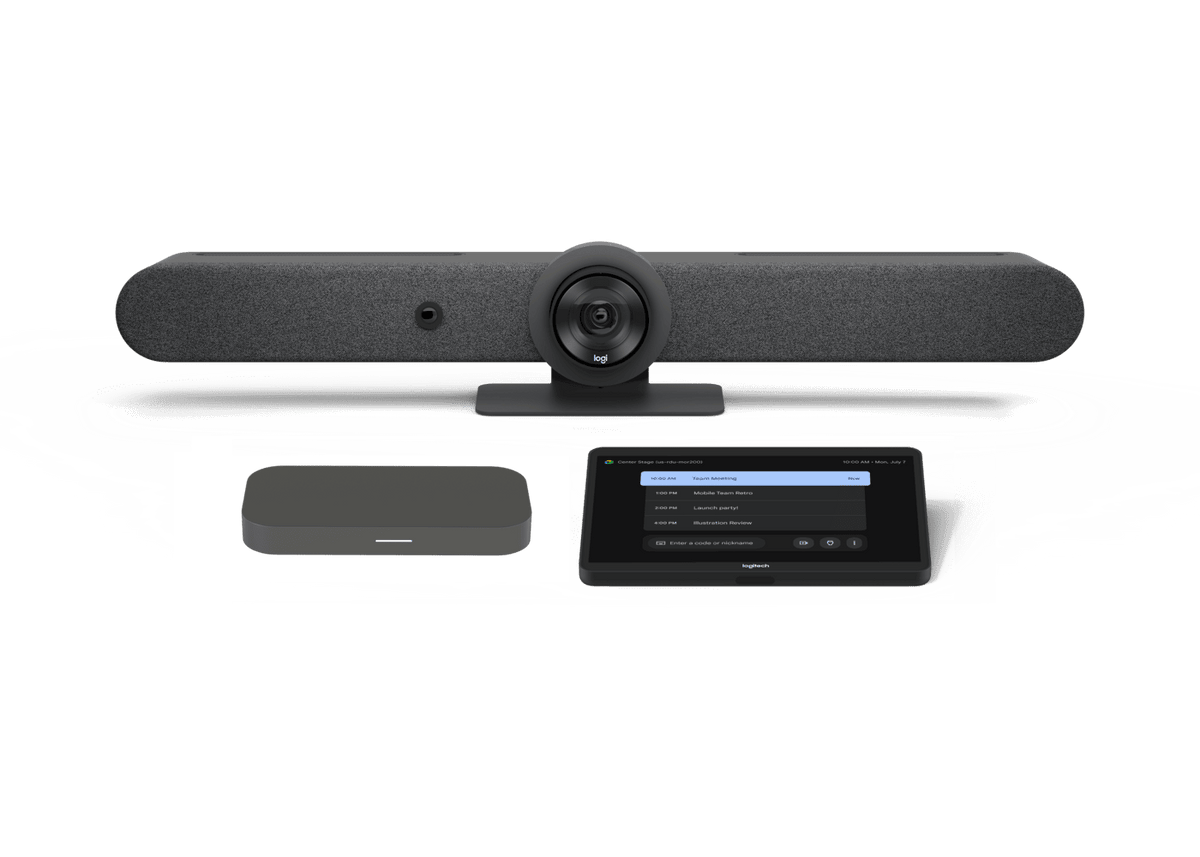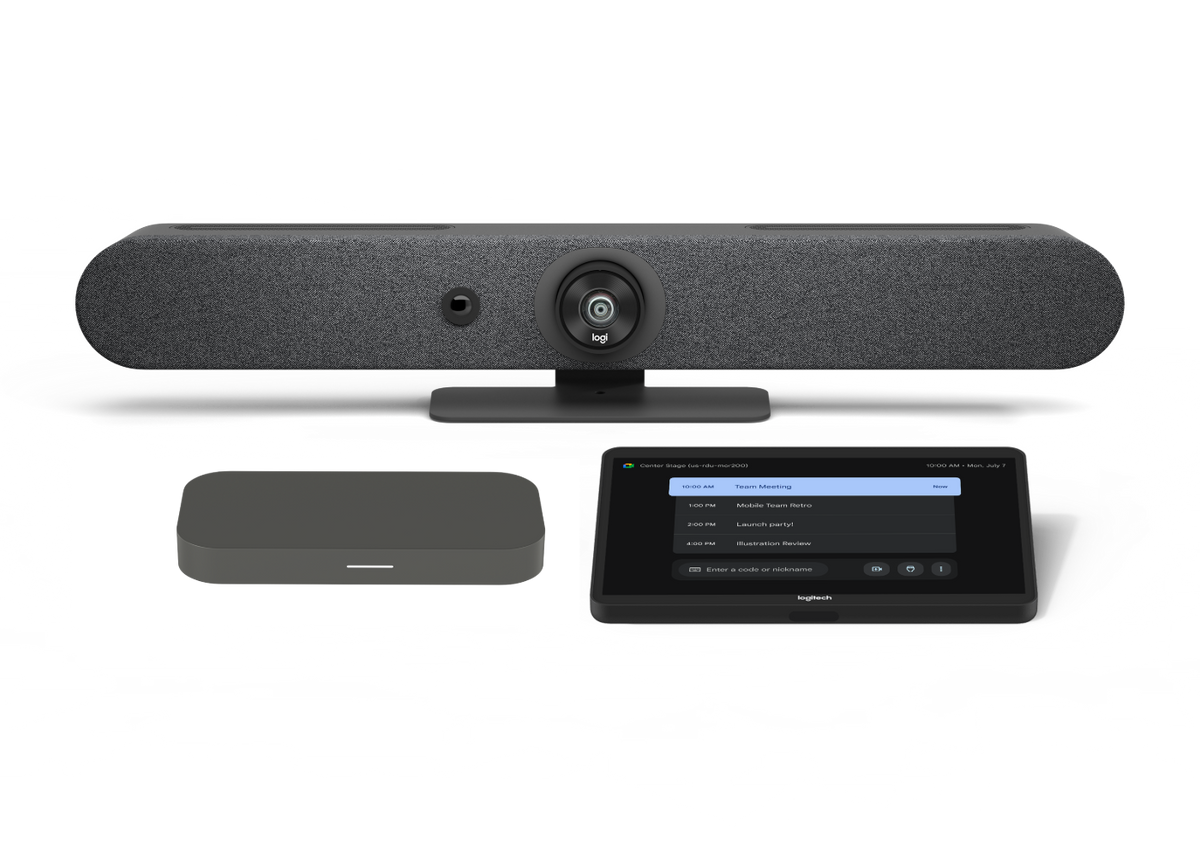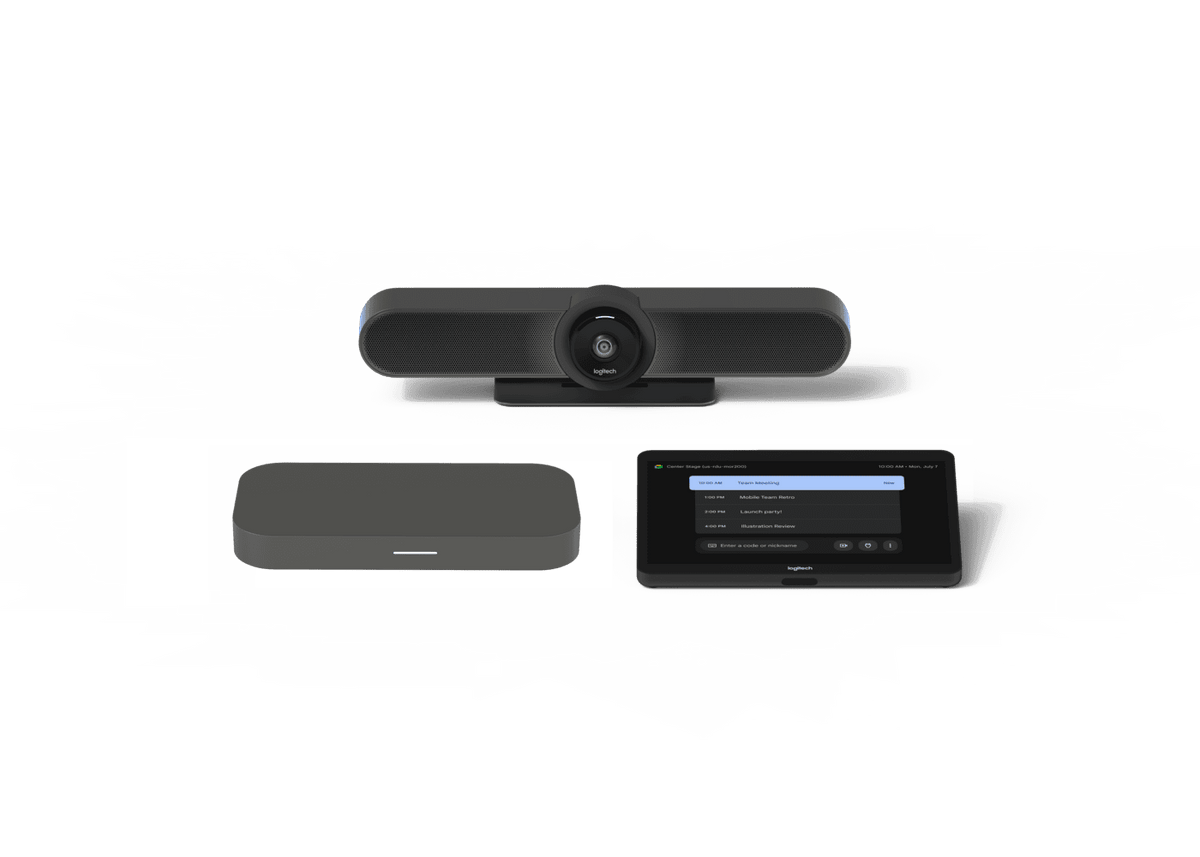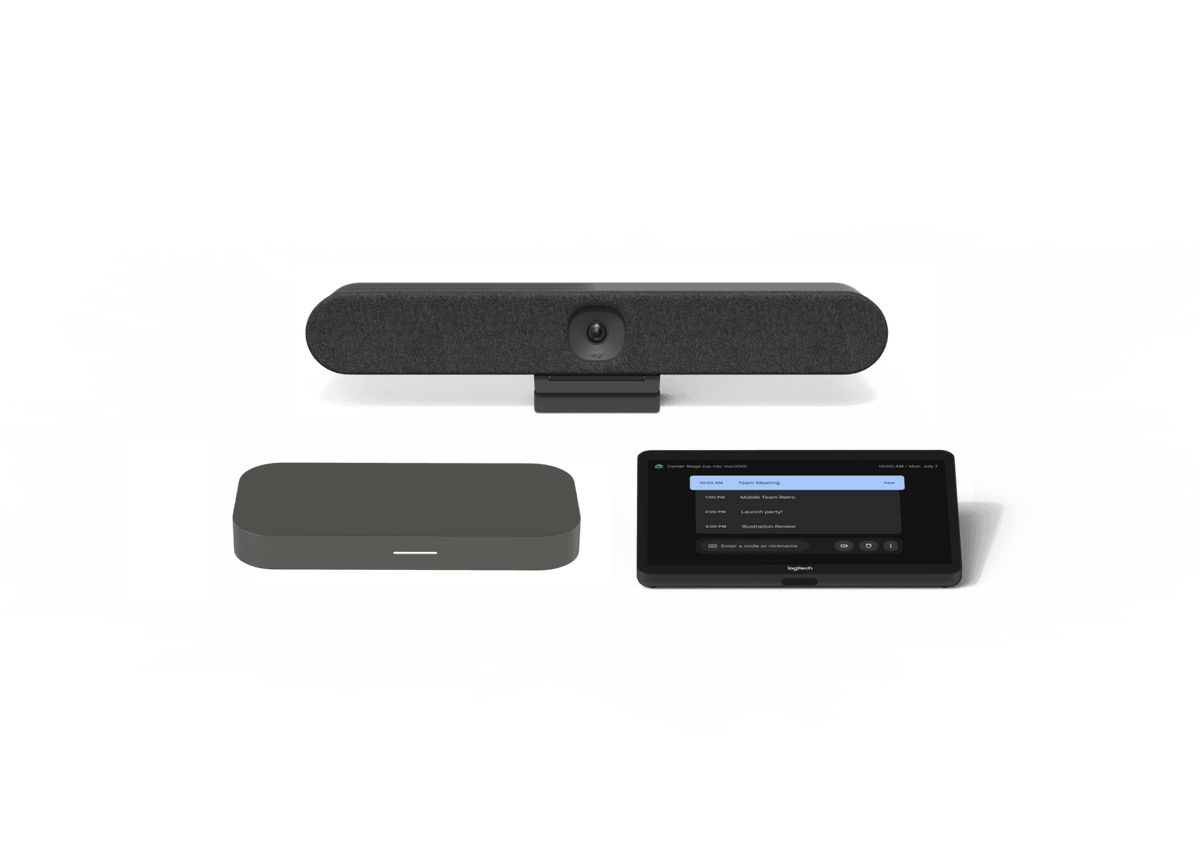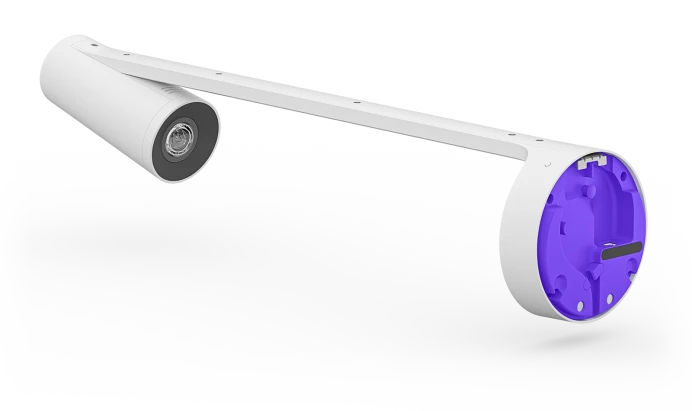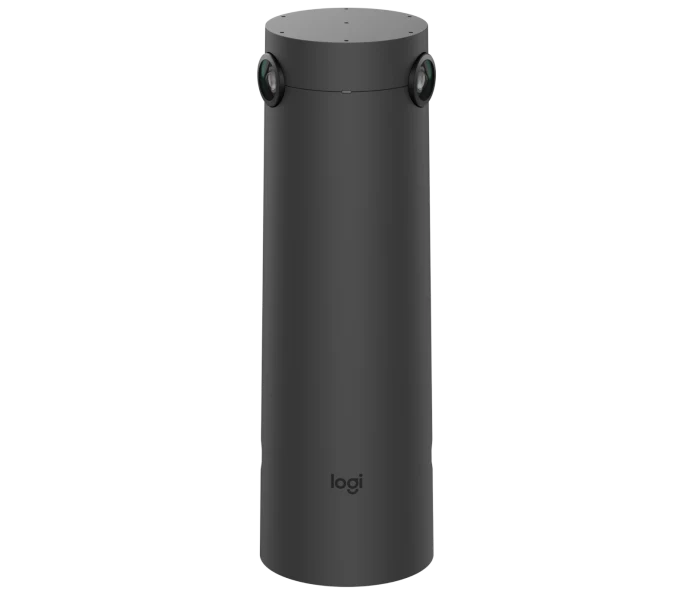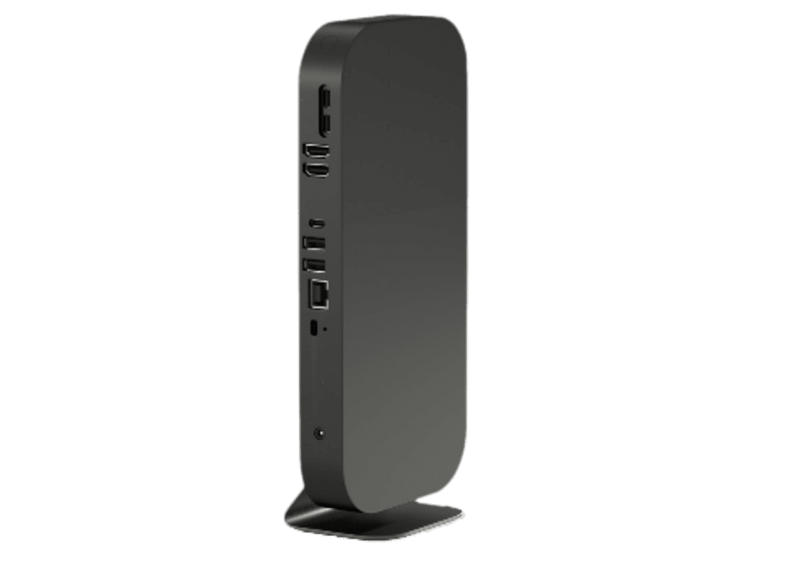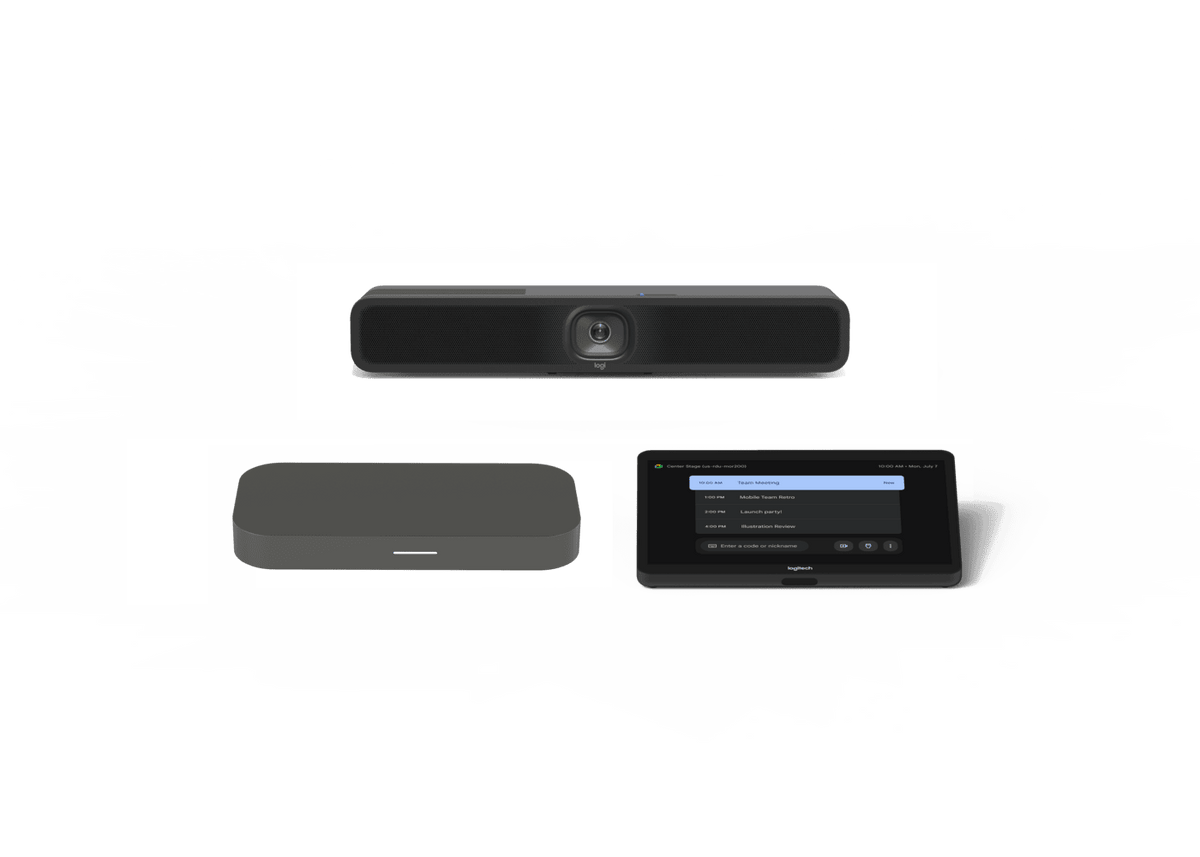From interactive whiteboards to 1:1 Chromebook programs, our schools are buzzing with digital activity. But with great technological power comes great responsibility – and that's where a robust Acceptable Use Policy (AUP) steps in. Download a template.
Think of your AUP not as a dusty, legalistic document, but as the unsung hero of your school's tech ecosystem. It's the blueprint for responsible digital citizenship, the guardian of your valuable hardware, and the quiet force that extends the life of your technology investments.
So, what makes an AUP truly effective for K-12 schools? Let's break down the essential elements, drawing from some best practices:
1. Outline Responsible Use: Setting the Digital Ground Rules
This is the bedrock of your AUP. It's about clearly defining what constitutes appropriate behavior when interacting with school technology and networks. Go beyond just "don't break things." Consider questions like:
-
How should students handle school-issued devices?
-
What are the expectations for network bandwidth usage?
-
Are there specific guidelines for using school Wi-Fi?
-
What about accessing certain websites or content?
The more specific you are, the less room there is for misinterpretation.
2. Address Digital Citizenship: Cultivating Responsible Online Citizens
This is where your AUP transcends mere rules and becomes a powerful teaching tool. Digital citizenship encompasses a vast array of crucial skills and values. Your AUP should explicitly address topics such as:
-
Online etiquette. What does respectful communication look like in a digital space?
-
Cyberbullying. Clearly define what it is, its impact, and the reporting mechanisms.
-
Academic integrity. How does the AUP relate to plagiarism, unauthorized collaboration, and using AI tools ethically?
-
Privacy and security. Emphasize the importance of protecting personal information and understanding online risks.
And here's the fun part: make it engaging! Don't just present a list of "dos and don'ts." Consider interactive training modules, short video clips, or even gamified quizzes that allow students to explore real-world scenarios and understand the implications of their digital choices. When learning is fun, retention soars!
3. Communicate Consequences: Clarity for All
No policy is complete without clearly defined consequences for violations. This isn't about being punitive, but about ensuring fairness and consistency. Your AUP should:
-
Clearly state repercussions. From a verbal warning to temporary suspension of tech privileges, be specific about what happens when the AUP is breached.
-
Identify who receives what repercussions. Is it just students, or parents, or both?
-
Communicate effectively to all stakeholders. Students, staff, and parents should all be fully aware of the AUP and its associated consequences. Consider parent-teacher conferences, student orientations, and dedicated sections on your school's website. Transparency builds trust and understanding.
4. Be Accessible: Easy Access for Everyone
An AUP gathering dust in a digital folder does no one any good. It needs to be easily accessible to everyone who interacts with school technology. Think about:
-
Prominent placement on your school website. Make it easy for parents and students to find.
-
Included in student handbooks and staff training materials. Integrate it into existing resources.
-
Regular reminders and reviews. Don't just present it once and forget about it. Periodically revisit key aspects of the AUP in assemblies, newsletters, and classroom discussions.
Beyond the Policy: A Culture of Responsible Tech Use
Ultimately, a well-crafted AUP is more than just a document; it's a living guide that fosters a culture of responsible technology use within your school community. By clearly outlining expectations, promoting digital citizenship, and ensuring transparent communication, you're not just protecting your technology investments – you're empowering your students to become thoughtful, ethical, and safe digital citizens in an ever-evolving world.
Download our AUP template and get started on your policy today.

